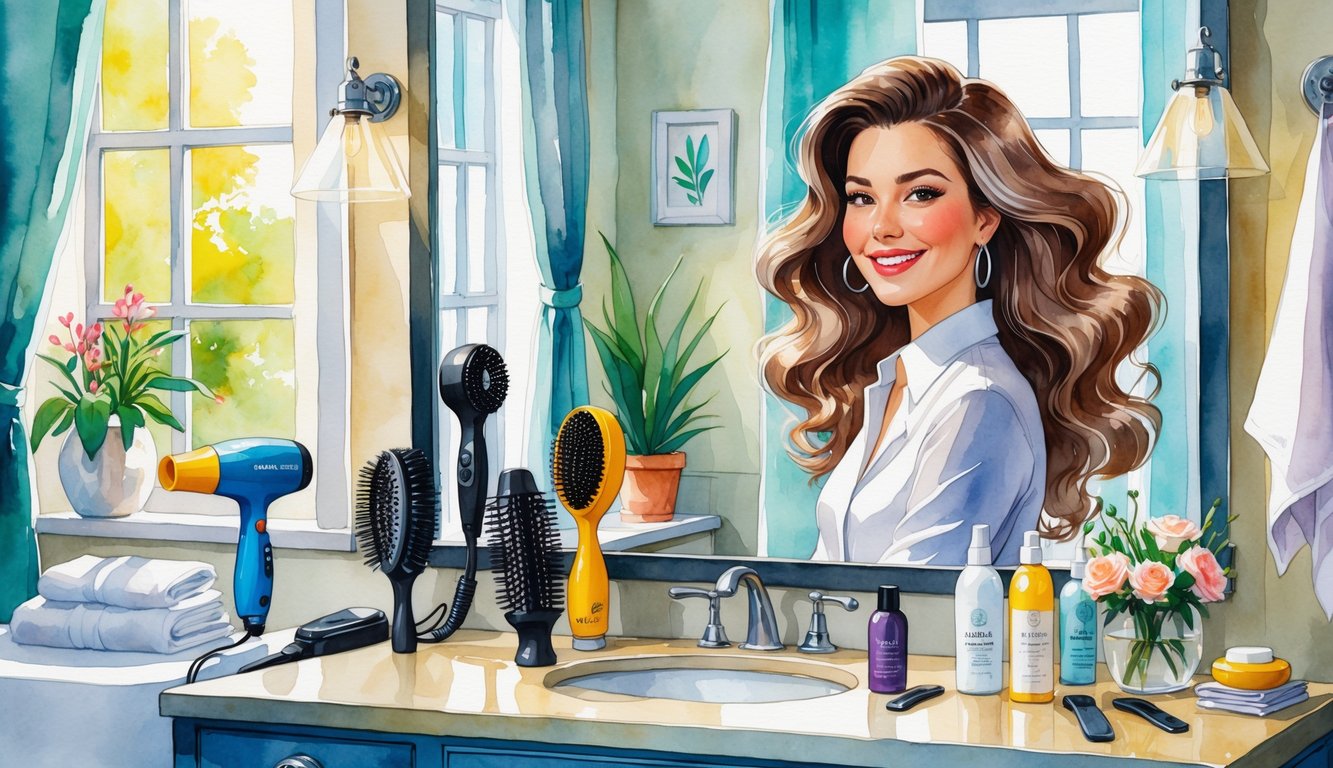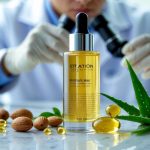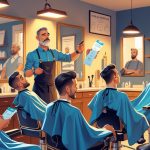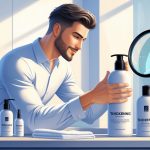
Frequently Asked Questions
Heat damage, instant frizz, blowout collapse before lunch—yeah, it’s a mess. I don’t buy that there’s a single fix. Stylists swear it’s all about prep, sectioning, and layering products (heat protectant first—my friend in Toronto calls skipping it “hair sabotage”) if you want your style to last. Most of us just wing it and hope for the best.
What steps should beginners take for successful at-home blowouts?
Let’s be real: the first time I tried to blow out my roots while they were still soaked, I basically just created a frizzy helmet and wasted 40 minutes. People act like you can just blast damp hair with lukewarm air and get salon bounce—nope. It’s a lie. If your hair isn’t like 80% towel-dried first, you’re just making steam and arm pain. Speaking of which, why does nobody warn you how much your shoulders will hate you? Sectioning clips and a wide-tooth comb are the only reason I don’t throw the dryer out the window. I stumbled across this Canadian stylist tip about splitting hair into quadrants before even touching a brush—honestly, it’s the only way I don’t end up with weird creases at the roots or heat-fried ends. And why did it take me forever to realize you’re supposed to use lower heat on the ends, aim the nozzle down, and lift at the roots? It’s not even a secret, just nobody really says it out loud.
Oh, and if you ever think, “I’ll just skip heat protectant, it’s fine,” I promise you’ll regret it. You won’t see the damage right away, but then suddenly your ends look like straw and you’re blaming the weather. Sorry, it’s you.
Can you achieve a salon-quality blowout on short hair, and if so, how?
Short hair blowouts are supposed to be easy? Sure, if you like whacking your ears with a round brush the whole time. I mean, I’ve tried. My friend Sara (she’s an actual stylist, not just a TikTok person) swears by a mini paddle brush and mousse just at the roots. No giant barrels, unless you want to look like you’re wearing a helmet. Byrdie says to focus on root lift, brush horizontally, and flip your head upside down while drying the roots—then smooth the top at the end. Cold shot button? It’s not a myth, it actually does something, but you’ll never believe it until you try and your hair holds a shape for once.
Oh, and if you forget a section behind your ear? You’ll know. It just sits there, all awkward. Don’t trust selfies, either—half the people you see have weird wings hiding off-camera.
What are the essential hair products to use for a blowout that lasts?
People love to say dry shampoo is only for dirty hair, but every stylist I trust starts with it at the roots for grip. I used to think mousse was optional, but if you have fine hair, skip heavy creams unless you want to look like you haven’t washed in a week. Thermal spray is non-negotiable, and a finishing serum only works if you use like, a drop. I’ve read all the “industry blog” stuff about heat protectant, root volumizers, humidity shields—honestly, most of it works, but too much product? Disaster. I once added an extra pump of serum because I thought, “Shiny!” and just ended up with limp, greasy roots. Lesson learned.
Is it possible to do an effective blowout at home without a round brush?
If you believe TikTok, you can use anything as a round brush—paddle, vent, your own hands—whatever. I’ve tried. You get some lift, but the ends just hang there, sad and straight. Sometimes I wrap the ends around my fingers and blast them, which looks okay for like five minutes. Using a vented paddle and a concentrator nozzle gets my roots bouncy, but the tips? Meh. Some pros talk about sectioning and airflow, but honestly, if you don’t have a round brush, you’re just chasing a vibe, not a result. Unless you’re a magician with your wrists (I’m not), it’s a mess. And if you try to watch yourself in two mirrors to get the angle right, you’ll just be late for whatever you’re doing.
But hey, drying upside down? Still the only way I get any root volume. Anyone who says otherwise is probably lying, or just has better hair genes.
What are the secrets to adding lasting volume to a blowout on Black hair?
Okay, hot tools on textured hair—this is where the internet just gets weirdly vague. I’ve fried my hair more than once because nobody tells you how much leave-in is too much. This curl specialist I met showed me the tension blow-dry trick: use a comb attachment, pull each section tight, seal with a light silicone serum (not oil), and skip the flat iron unless you like drama. Real volume comes from pre-stretching, not just blasting with heat and praying. If you want roots that don’t collapse by lunch, you have to dry in tiny sections and actually use the cool shot. No shortcuts.
And please, stop with the heavy oils for “shine”—they just drag everything down, and edge flyaways always show up later to ruin your mood. Every single time.
How does a Brazilian blowout differ from a regular blowout, and what are its benefits?
Okay, so Brazilian blowouts. Everyone acts like it’s some hair sorcery, but honestly? It’s just a bunch of liquid keratin (sometimes with formaldehyde, sometimes not—depends which bottle your salon’s using, and good luck getting a straight answer) blasted into your hair with a flat iron. Supposedly, the whole thing bonds to each strand and keeps your hair all smooth and weirdly resistant to humidity for, what, a month or two? Maybe less if you actually work out or, I don’t know, exist in the world. Regular blowouts? Those are just hot air and round brushes. Looks great until you sweat or sleep wrong, then poof, back to reality.
I’ve talked to stylists who swear the only reason to do the Brazilian thing is for the frizz control and that stick-straight look that hangs around for weeks, not just for some temporary shine or volume. Here’s a link if you want the “official” line: frizz control and long-term straightness. But, like, no one ever brings up the weird side effects? I’ve seen people break out in rashes or get super itchy scalps—guess that’s just the price of “permanent-ish” shine. Also, that aftercare routine? It’s not just for fun. Skip it, and your hair’s back to its wild state before you can even schedule your next appointment. Is any of this worth it? I honestly can’t decide.



